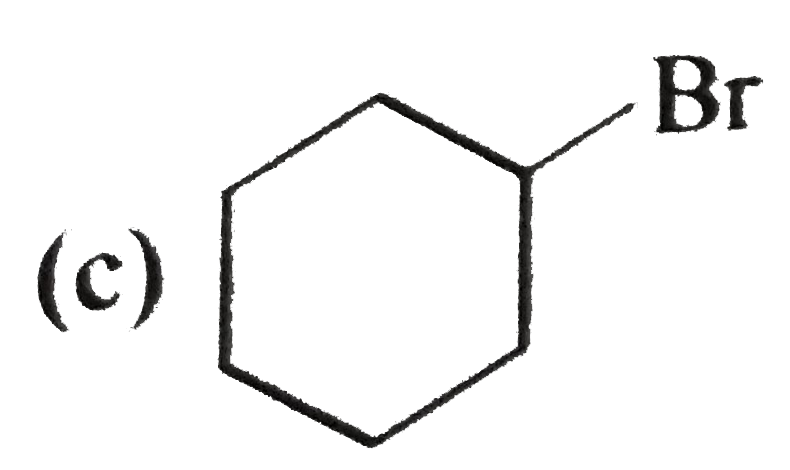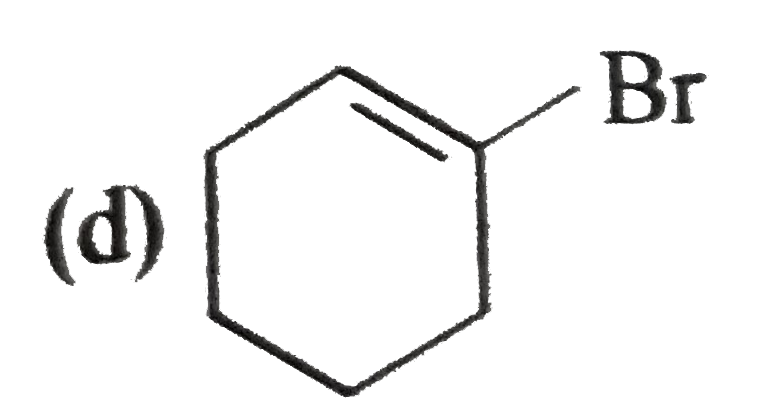Which one of the following displaces bromine form an aqueous solution of bromine ?
Cl2
Cl−
I2
I−3
The correct Answer is:A
To determine which substance can displace bromine from an aqueous solution of bromide, we need to consider the reactivity series of halogens. The reactivity series is a list that ranks halogens based on their ability to displace other halogens from their compounds.
1. Understand the Concept of Displacement Reactions:
Displacement reactions occur when a more reactive element displaces a less reactive element from its compound. In this case, we are looking for a halogen that can displace bromine (Br) from an aqueous solution of bromide ions (Br⁻).
2. Identify the Halogens:
The common halogens include fluorine (F), chlorine (Cl), bromine (Br), and iodine (I).
3. Refer to the Reactivity Series of Halogens:
The reactivity series for halogens is as follows:
- Fluorine (F₂) > Chlorine (Cl₂) > Bromine (Br₂) > Iodine (I₂)
This means that fluorine is the most reactive, followed by chlorine, bromine, and then iodine.
4. Determine Which Halogen Can Displace Bromine:
Since chlorine (Cl₂) is more reactive than bromine (Br₂), it can displace bromine from its aqueous solution. Therefore, if we have an aqueous solution of bromide ions and we introduce chlorine gas, bromine will be displaced.
5. Conclusion:
The halogen that can displace bromine from an aqueous solution of bromide is chlorine (Cl₂).
Final Answer:
Chlorine (Cl₂) displaces bromine from an aqueous solution of bromide.
---
Displacement reactions occur when a more reactive element displaces a less reactive element from its compound. In this case, we are looking for a halogen that can displace bromine (Br) from an aqueous solution of bromide ions (Br⁻).
The common halogens include fluorine (F), chlorine (Cl), bromine (Br), and iodine (I).
The reactivity series for halogens is as follows:
- Fluorine (F₂) > Chlorine (Cl₂) > Bromine (Br₂) > Iodine (I₂)
This means that fluorine is the most reactive, followed by chlorine, bromine, and then iodine.
Since chlorine (Cl₂) is more reactive than bromine (Br₂), it can displace bromine from its aqueous solution. Therefore, if we have an aqueous solution of bromide ions and we introduce chlorine gas, bromine will be displaced.
The halogen that can displace bromine from an aqueous solution of bromide is chlorine (Cl₂).
Chlorine (Cl₂) displaces bromine from an aqueous solution of bromide.
Similar Questions
Knowledge Check
- Question 1 - Select One
Which of the following is fast de-brominated ?
A B
B C
C D
D
- Question 2 - Select One
Which of the following is fast de-brominated ?
A B
B C
C D
D
- Question 3 - Select One
Which one of the following forms micelles in aqueous solution, above certain concentration.
AGlucoseBUreaCDeodecyltrimethylammonium chlorideDPyridinium chloride.
Which one of the following forms micelles in aqueous solution above certain concentration?
View SolutionWhich one of the following forms micelles in aqueous solution above certain concentration?
View SolutionWhich of the following will decolourise bromine water
View SolutionWhich of the following can decolourless bromine wate solution?
View SolutionWhich of the following can decolourise bromine water solutions ?
View Solution
